Mercedes Benz Owner Manuals
Mercedes Benz Owner Manuals
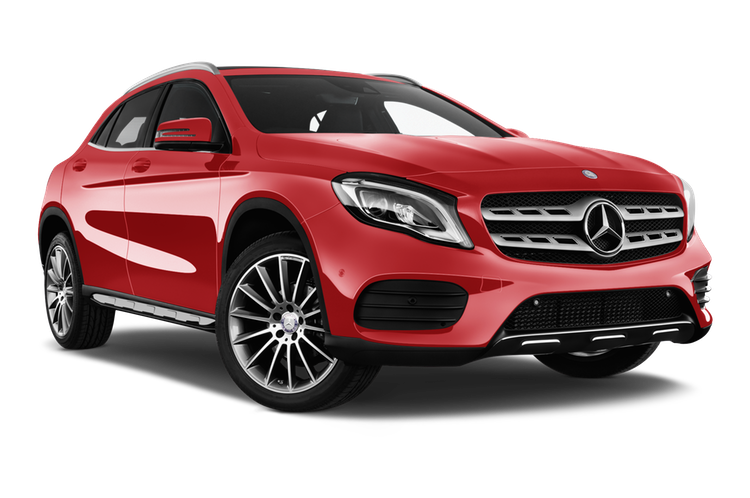
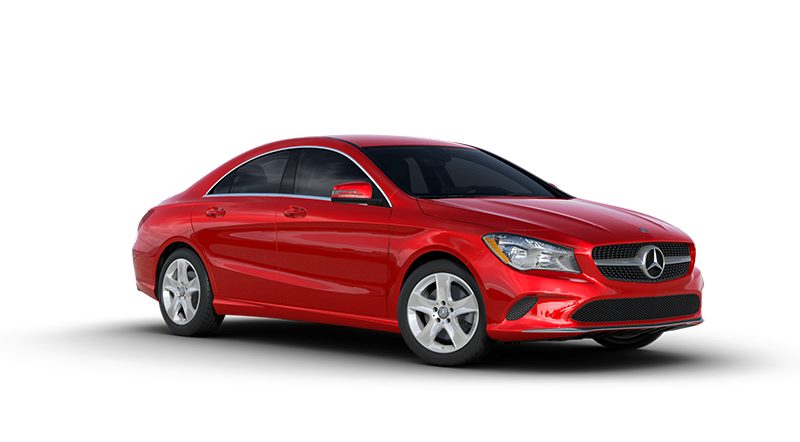

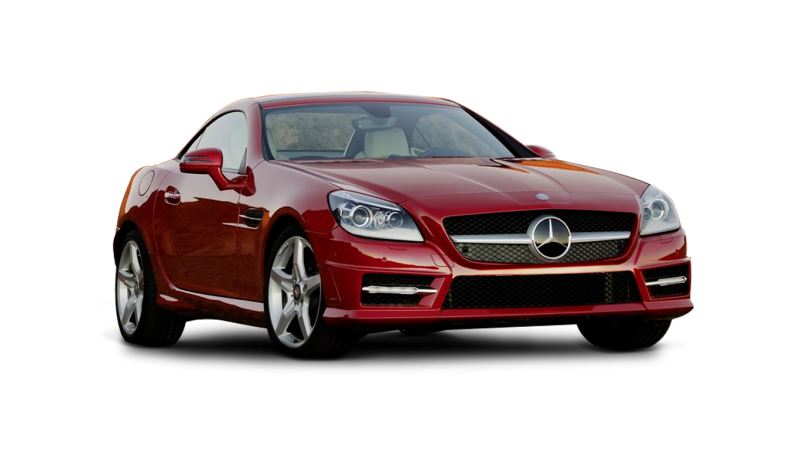
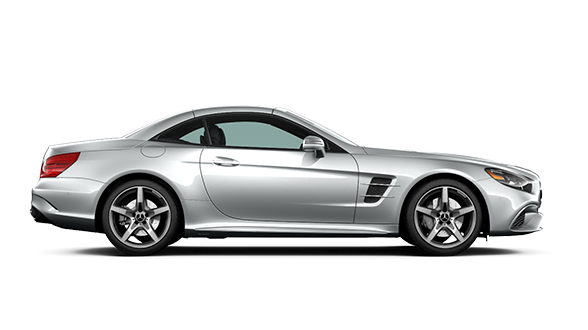
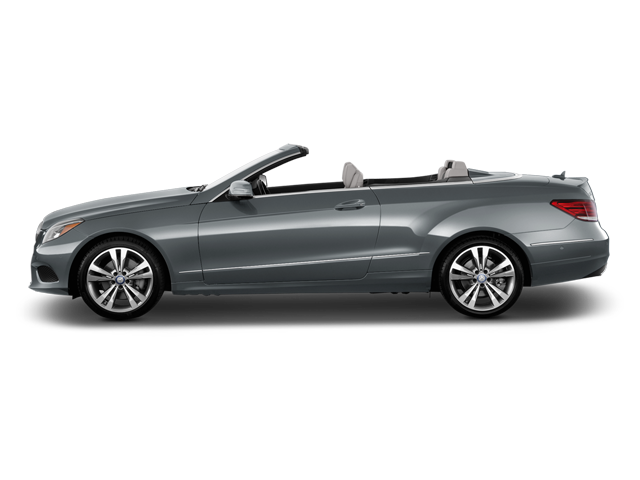
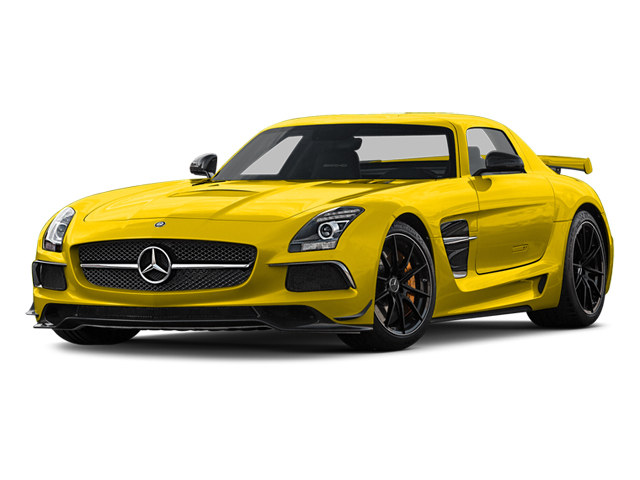


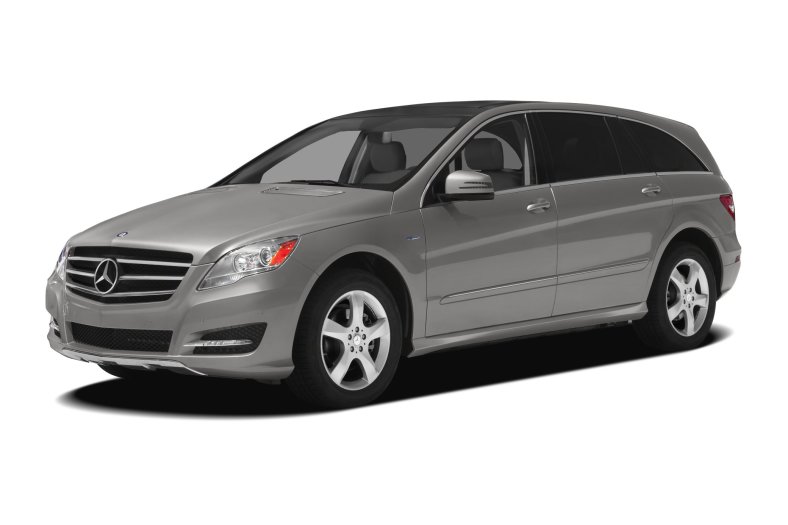
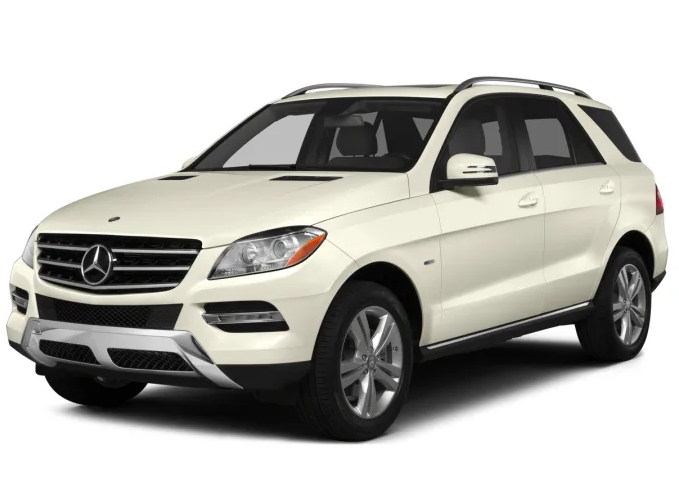
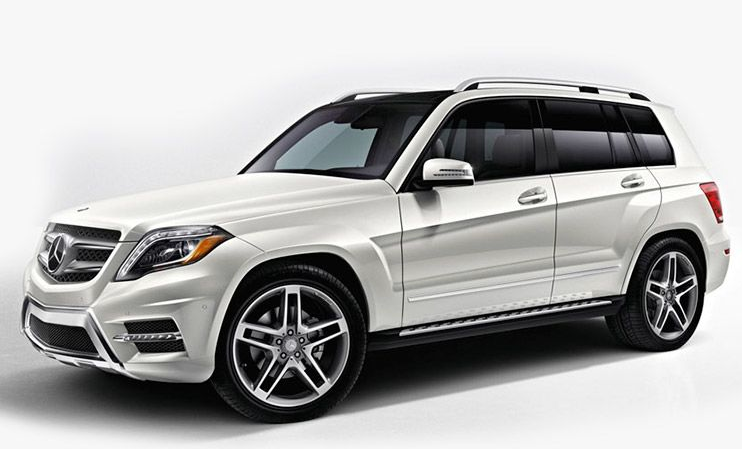

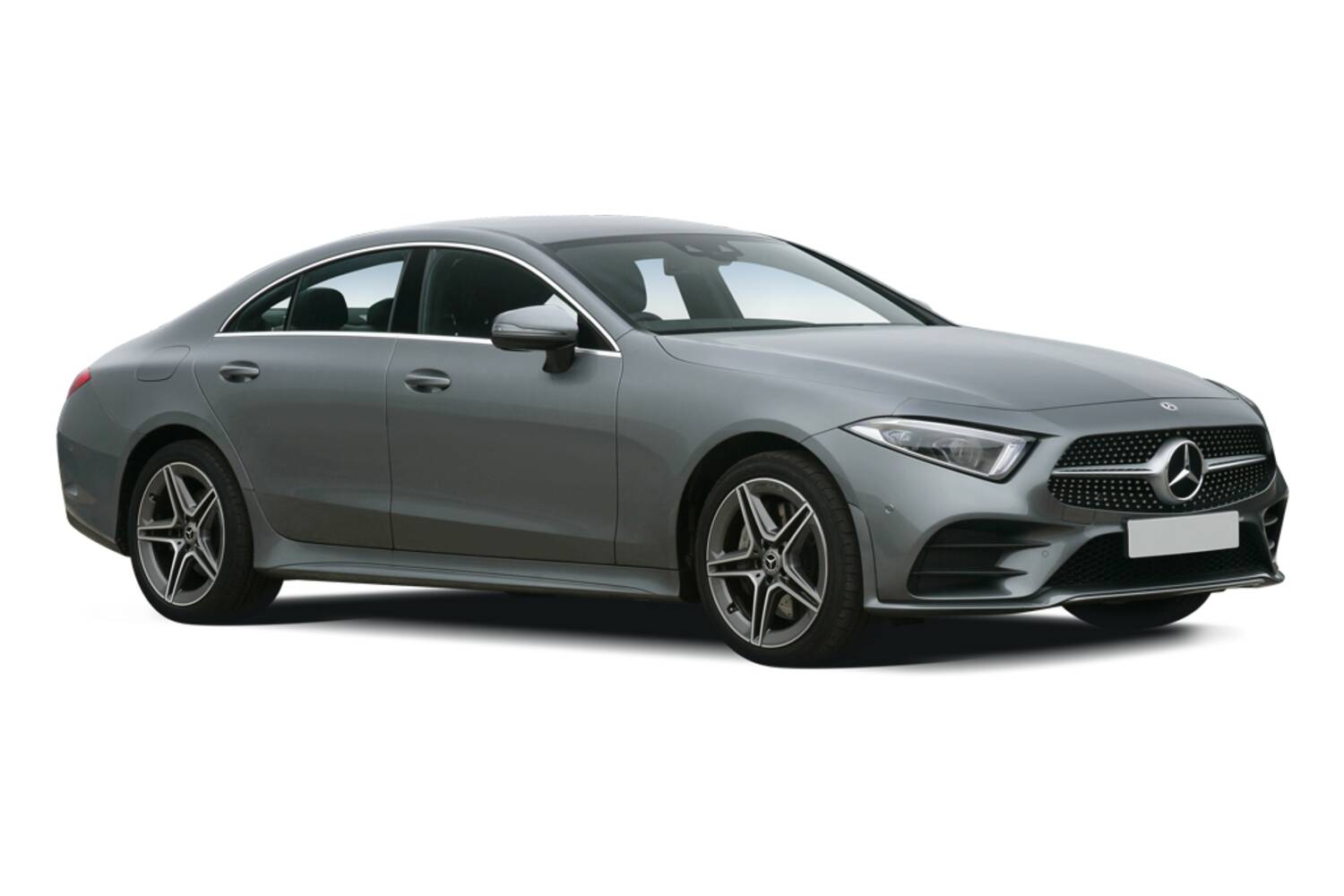
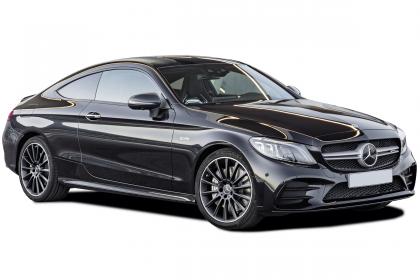

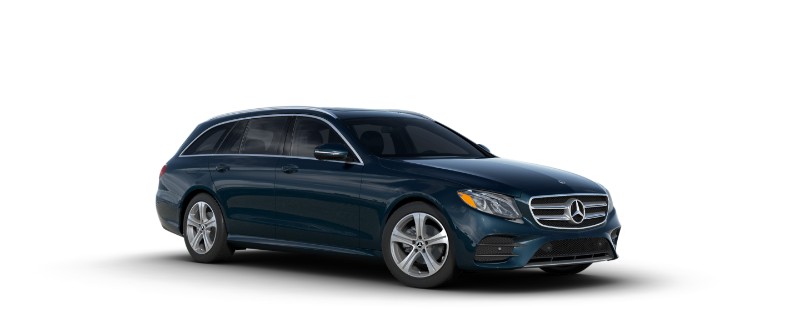
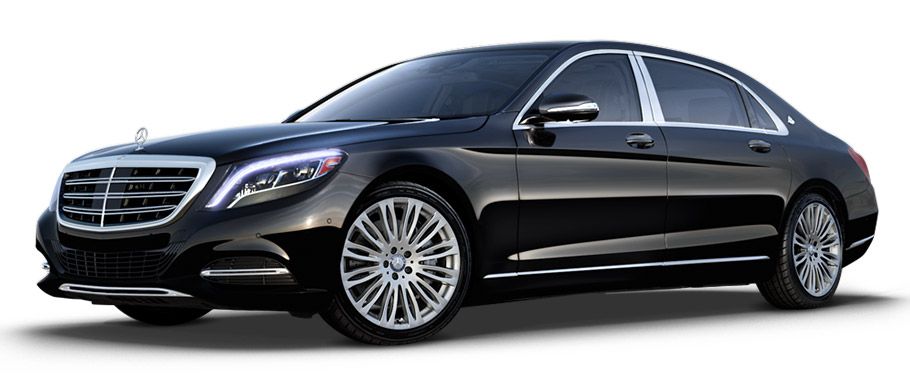
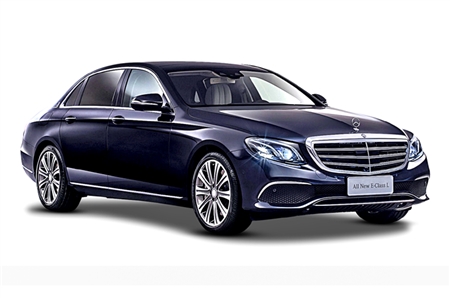
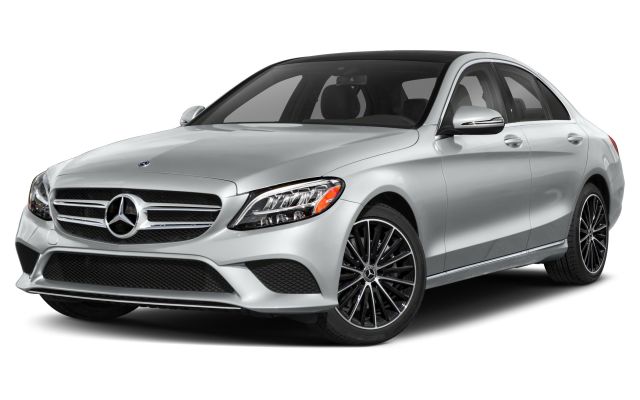
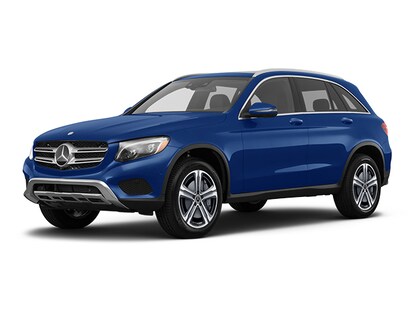
Mercedes Benz
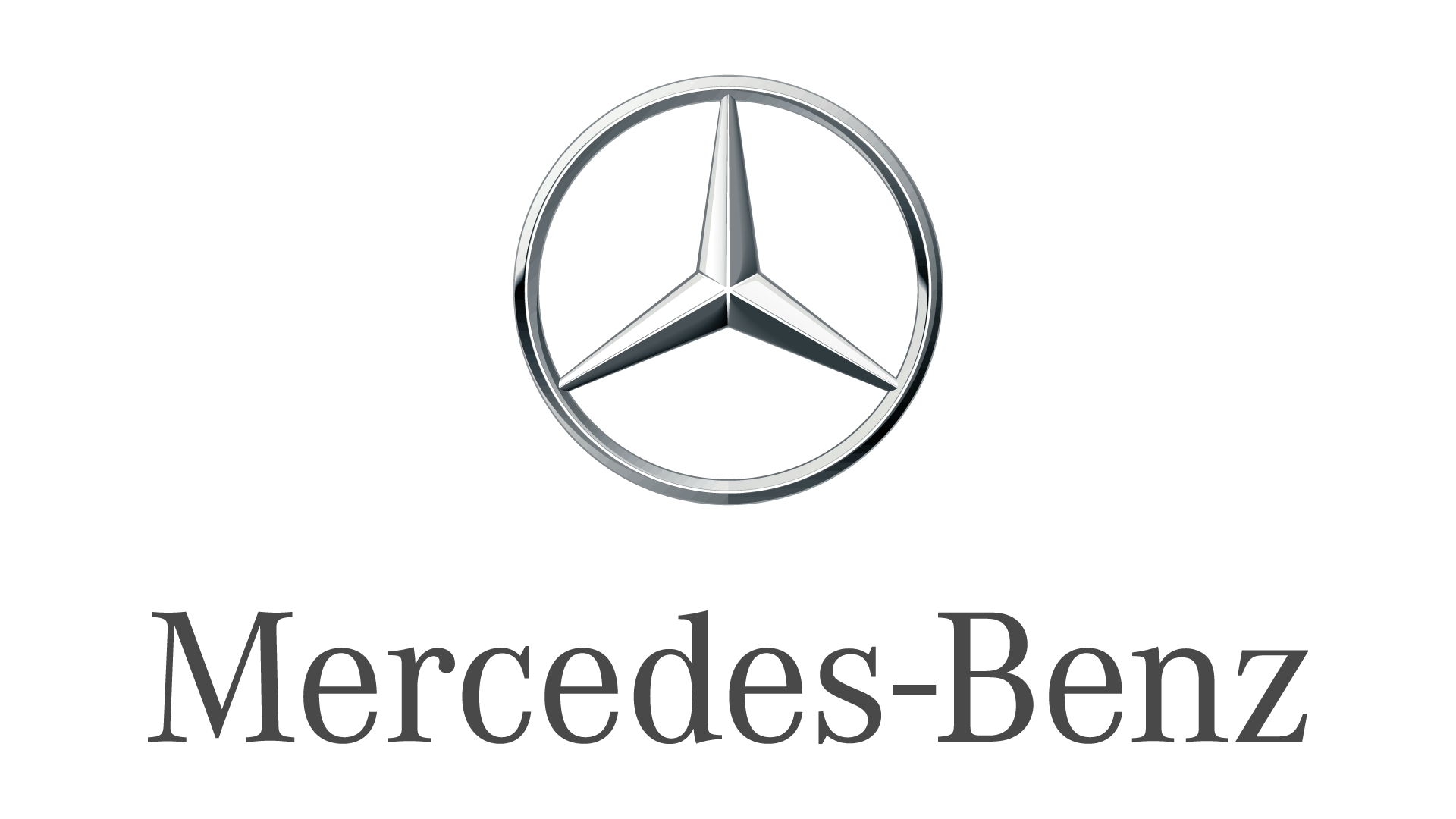
- Models: 21
Mercedes Benz Owner Manuals
Mercedes-Benz is both a German automotive marque and, from late 2019 onwards, a subsidiary – as Mercedes-Benz AG – of Daimler AG. Mercedes-Benz is known for producing luxury vehicles and commercial vehicles.
The headquarters is in Stuttgart, Baden-Württemberg. The name first appeared in 1926 as Daimler-Benz. In 2018, Mercedes-Benz was the largest seller of premium vehicles in the world, having sold 2.31 million passenger cars.
The company’s origins come from Daimler-Motoren-Gesellschaft’s 1901 Mercedes and Karl Benz’s 1886 Benz Patent-Motorwagen, which is widely regarded as the first internal combustion engine in a self-propelled automobile. The fuel was not gasoline, but rather a much more volatile petroleum spirit called ligroin. The slogan for the brand is “the best or nothing”.
Mercedes-Benz traces its origins to Karl Benz’s creation of the first internal combustion engine in a car, the Benz Patent Motorwagen, financed by Bertha Benz’s dowry and patented in January 1886, and Gottlieb Daimler and engineer Wilhelm Maybach’s conversion of a stagecoach by the addition of a petrol engine later that year. The Mercedes automobile was first marketed in 1901 by Daimler-Motoren-Gesellschaft (DMG).
Emil Jellinek, a European automobile entrepreneur who worked with DMG, created the trademark in 1902, naming the 1901 Mercedes 35 hp after his daughter Mercedes Jellinek. Jellinek was a businessman and marketing strategist who promoted “horseless” Daimler automobiles among the highest circles of society in his adopted home, which, at that time, was a meeting place for the “Haute Volée” of France and Europe, especially in winter. His customers included the Rothschild family and other well-known personalities. But Jellinek’s plans went further: as early as 1901, he was selling Mercedes cars in the New World as well, including US billionaires Rockefeller, Astor, Morgan, and Taylor. At a race in Nice in 1899, Jellinek drove under the pseudonym “Monsieur Mercédès”, a way of concealing the competitor’s real name as was normal and very regularly done in those days.
The race ranks as the hour of birth of the Mercedes-Benz brand. In 1901, the name “Mercedes” was registered by Daimler-Motoren-Gesellschaft (DMG) worldwide as a protected trademark. The first Mercedes-Benz brand name vehicles were produced in 1926, following the merger of Karl Benz’s and Gottlieb Daimler’s companies into the Daimler-Benz company on 28 June of the same year.
Gottlieb Daimler was born on 17 March 1834 in Schorndorf. After training as a gunsmith and working in France, he attended the Polytechnic School in Stuttgart from 1857 to 1859. After completing various technical activities in France and England, he started working as a draftsman in Geislingen in 1862. At the end of 1863, he was appointed workshop inspector in a machine tool factory in Reutlingen, where he met Wilhelm Maybach in 1865.
Mercedes-Benz is both a German automotive marque and, from late 2019 onwards, a subsidiary – as Mercedes-Benz AG – of Daimler AG. Mercedes-Benz is known for producing luxury vehicles and commercial vehicles.
The headquarters is in Stuttgart, Baden-Württemberg. The name first appeared in 1926 as Daimler-Benz. In 2018, Mercedes-Benz was the largest seller of premium vehicles in the world, having sold 2.31 million passenger cars.
The company’s origins come from Daimler-Motoren-Gesellschaft’s 1901 Mercedes and Karl Benz’s 1886 Benz Patent-Motorwagen, which is widely regarded as the first internal combustion engine in a self-propelled automobile. The fuel was not gasoline, but rather a much more volatile petroleum spirit called ligroin. The slogan for the brand is “the best or nothing”.
Mercedes-Benz traces its origins to Karl Benz’s creation of the first internal combustion engine in a car, the Benz Patent Motorwagen, financed by Bertha Benz’s dowry and patented in January 1886, and Gottlieb Daimler and engineer Wilhelm Maybach’s conversion of a stagecoach by the addition of a petrol engine later that year. The Mercedes automobile was first marketed in 1901 by Daimler-Motoren-Gesellschaft (DMG).
Emil Jellinek, a European automobile entrepreneur who worked with DMG, created the trademark in 1902, naming the 1901 Mercedes 35 hp after his daughter Mercedes Jellinek. Jellinek was a businessman and marketing strategist who promoted “horseless” Daimler automobiles among the highest circles of society in his adopted home, which, at that time, was a meeting place for the “Haute Volée” of France and Europe, especially in winter. His customers included the Rothschild family and other well-known personalities. But Jellinek’s plans went further: as early as 1901, he was selling Mercedes cars in the New World as well, including US billionaires Rockefeller, Astor, Morgan, and Taylor. At a race in Nice in 1899, Jellinek drove under the pseudonym “Monsieur Mercédès”, a way of concealing the competitor’s real name as was normal and very regularly done in those days.
The race ranks as the hour of birth of the Mercedes-Benz brand. In 1901, the name “Mercedes” was registered by Daimler-Motoren-Gesellschaft (DMG) worldwide as a protected trademark. The first Mercedes-Benz brand name vehicles were produced in 1926, following the merger of Karl Benz’s and Gottlieb Daimler’s companies into the Daimler-Benz company on 28 June of the same year.
Gottlieb Daimler was born on 17 March 1834 in Schorndorf. After training as a gunsmith and working in France, he attended the Polytechnic School in Stuttgart from 1857 to 1859. After completing various technical activities in France and England, he started working as a draftsman in Geislingen in 1862. At the end of 1863, he was appointed workshop inspector in a machine tool factory in Reutlingen, where he met Wilhelm Maybach in 1865.